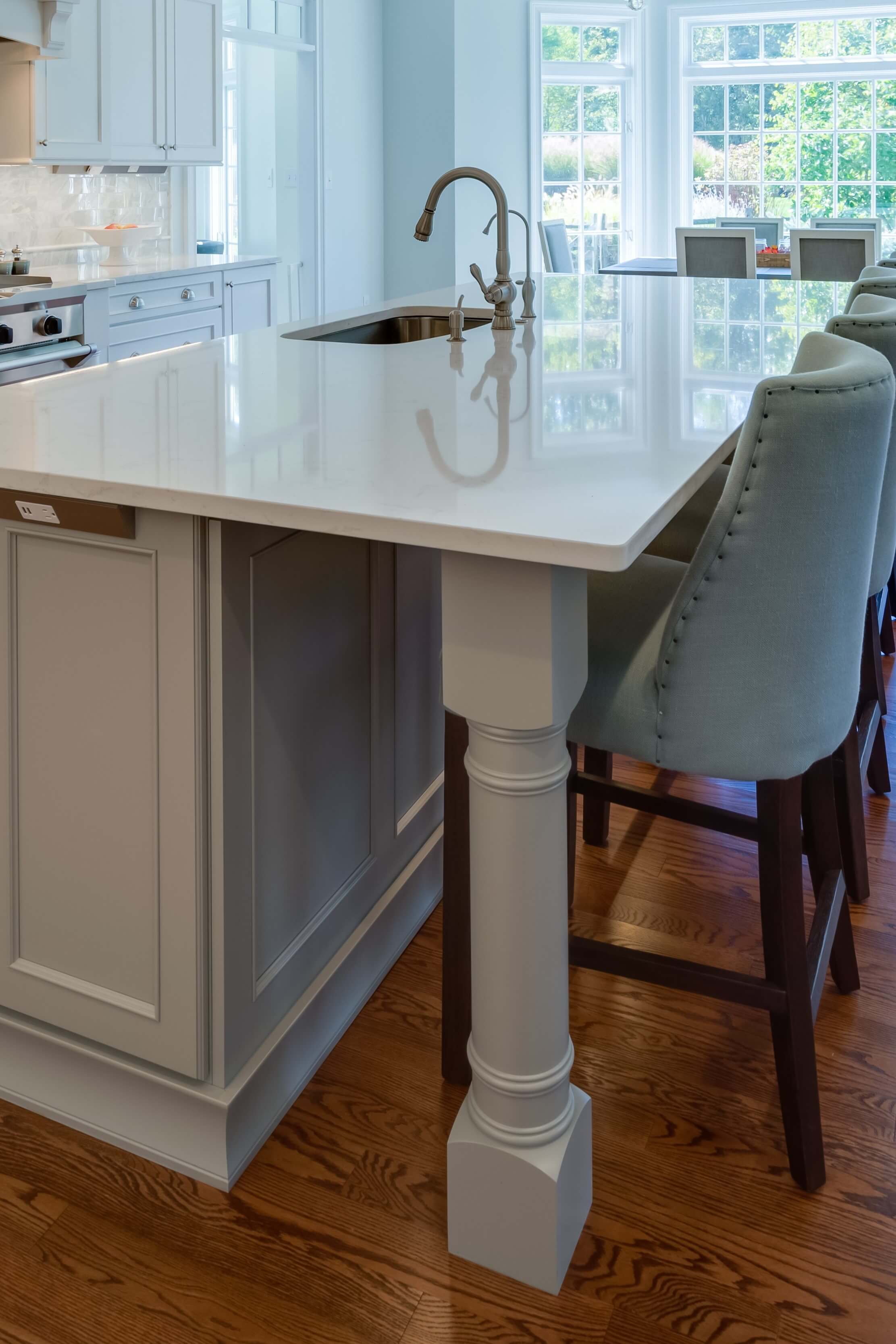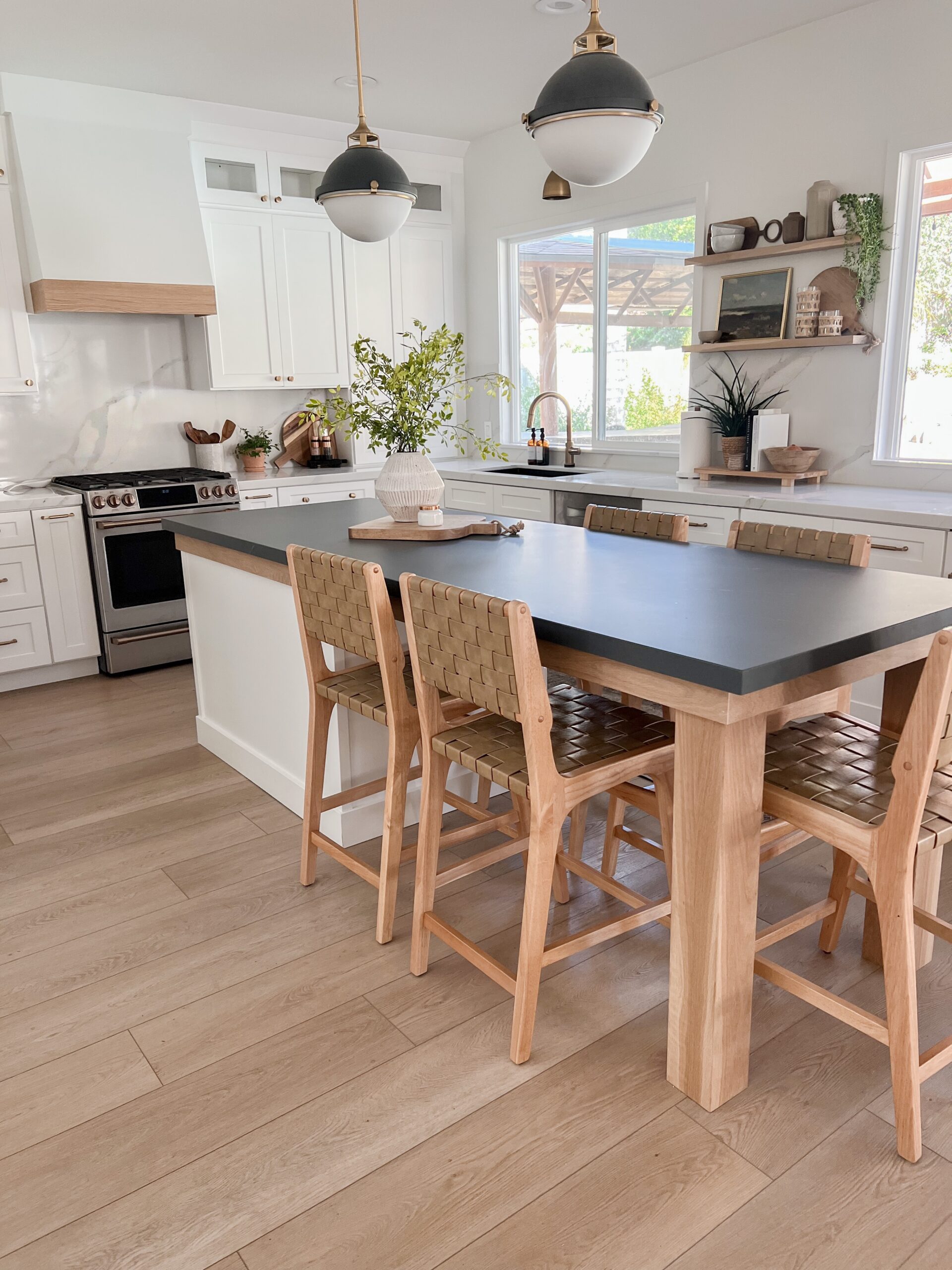Long Lasting and Fashionable Selections for High-Quality Legs For Kitchen Island
Long Lasting and Fashionable Selections for High-Quality Legs For Kitchen Island
Blog Article
Necessary Factors to Take Into Consideration When Selecting Legs For Kitchen Area Island
Choosing the suitable legs for a kitchen island includes a careful evaluation of several aspects that can significantly affect both functionality and aesthetic appeal. As we check out these components, it becomes clear that each decision can have far-reaching ramifications for the total kitchen experience.
Product Options
When choosing legs for a cooking area island, comprehending the numerous material choices is necessary for attaining both visual charm and structural honesty (Legs For Kitchen Island). The choice of material considerably influences not just the longevity of the island however also its overall design and performance
Steel legs, often made from stainless steel or functioned iron, add a modern and industrial feeling while guaranteeing durability and security. These products are resistant to use and can support substantial weight, making them ideal for bigger islands.
Another alternative is engineered materials, like MDF or plywood, which can be more cost-efficient while still supplying a variety of surfaces. They may not supply the very same degree of security as solid timber or steel. Legs For Kitchen Island. Last but not least, products such as acrylic or glass can create a contemporary look, though they may need added support to make sure security.
Eventually, the selection of material for kitchen island legs need to align with the preferred performance and the general theme of the cooking area.
Style and Design

When thinking about style, the form and coating of the legs are crucial. Conical legs can provide a sense of lightness and style, while thicker, a lot more robust legs can share strength and security. Furthermore, the coating-- be it repainted, discolored, or all-natural-- ought to enhance the cabinets and countertop materials to develop a unified appearance.
In addition, the layout of the legs can additionally mirror personal taste. Customized or ornamental legs, such as those including complex carvings or one-of-a-kind geometric shapes, can function as prime focus, including personality and character to the kitchen. Ultimately, the ideal selection will not just enhance performance but also elevate the visual allure, making the kitchen island a standout feature of the home.
Elevation Factors To Consider
Choosing the proper height for kitchen area island legs is vital, as it directly affects both performance and comfort. The common height for a kitchen island usually varies from 36 to 42 inches, straightening with usual counter top heights. A 36-inch elevation is optimal for food preparation and cooking, allowing for comfy use of cooking area appliances and devices. Conversely, a height of 42 inches is frequently preferred for islands meant for bar seats, additional info fitting taller stools and using a laid-back dining experience.

It is also necessary to represent users' choices and elevations. Personalizing the elevation can guarantee a comfortable experience for all household participants, making the cooking area island a more practical and satisfying space.
Weight Assistance
Making sure appropriate weight support for cooking area island legs is important for both safety and performance. The kitchen island usually serves several objectives, including cooking, eating, and additional storage space, requiring a durable assistance framework. When picking legs, it is essential to take into consideration the total weight capability called for based upon the island's intended use and the products that will certainly be put on it.
The selection of material for the legs plays a significant role in their weight-bearing capabilities. Solid timber, steel, and heavy-duty composites normally provide superior stamina contrasted to lighter products. Additionally, the style of the legs-- whether they are right, tapered, or have a pedestal type-- can affect their ability to disperse weight successfully throughout the framework.
Always speak with the supplier's specs relating to lots limits to make sure that the legs can sustain the designated weight without compromising safety and security. In recap, selecting kitchen island legs with adequate weight support is crucial for developing a safe and functional cooking space.
Installation and Maintenance
Correct setup and maintenance of kitchen area this link island legs are important for guaranteeing durability and stability. This commonly entails protecting the legs to the island base utilizing proper fasteners, making certain that the legs are level and straightened.
As soon as mounted, normal maintenance is necessary to protect the stability and appearance of the legs - Legs For Kitchen Island. For wooden legs, regular cleaning with a wet towel these details and application of ideal timber polish can avoid moisture damages and preserve their coating. Metal legs might need a gentle cleaning solution to remove grease and gunk, adhered to by a dry cloth to stop corrosion formation
Additionally, check the legs consistently for indicators of wear or damages, such as cracks or loose joints. Tightening up screws or bolts as needed can likewise extend the life-span of the legs. By adhering to these setup and upkeep methods, homeowners can make certain that their cooking area island continues to be durable and visually appealing for several years to come.
Verdict

Aesthetic coherence is paramount in selecting the design and design of legs for a kitchen area island, as these components greatly influence the general setting of the area. Tapered legs can supply a feeling of agility and sophistication, while thicker, much more durable legs can convey stamina and security.Choosing the appropriate height for kitchen island legs is crucial, as it directly impacts both performance and comfort. In recap, choosing kitchen island legs with ample weight support is crucial for producing a practical and safe culinary space.
In final thought, choosing legs for a kitchen island requires cautious consideration of various factors, consisting of product choices, style, elevation, weight assistance, and installation.
Report this page